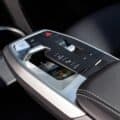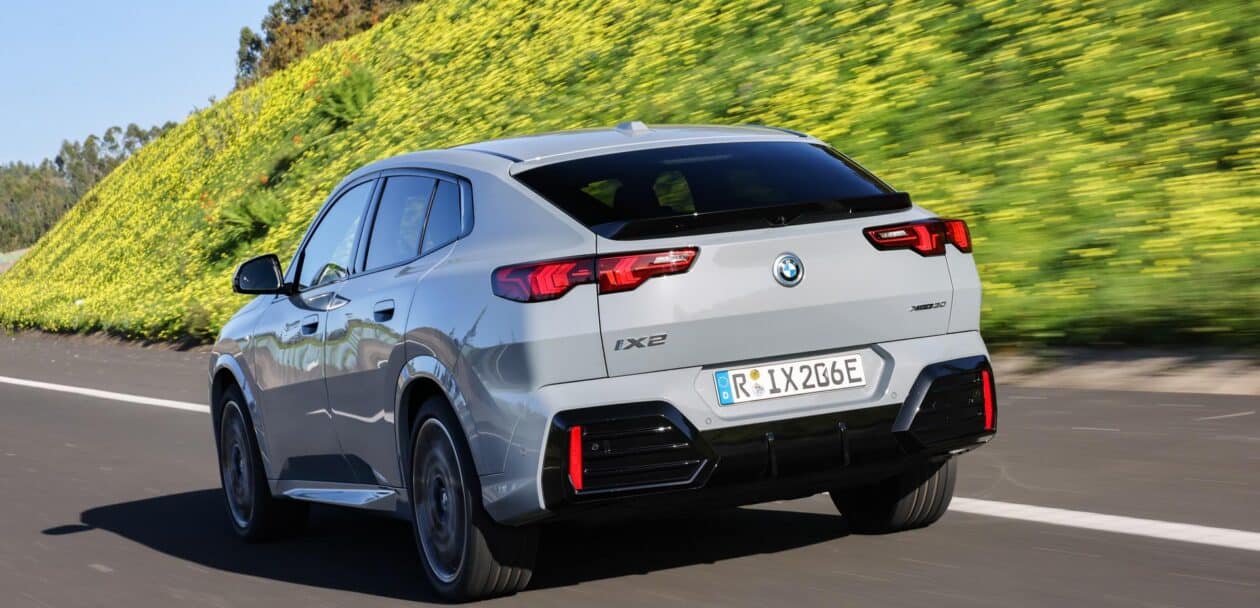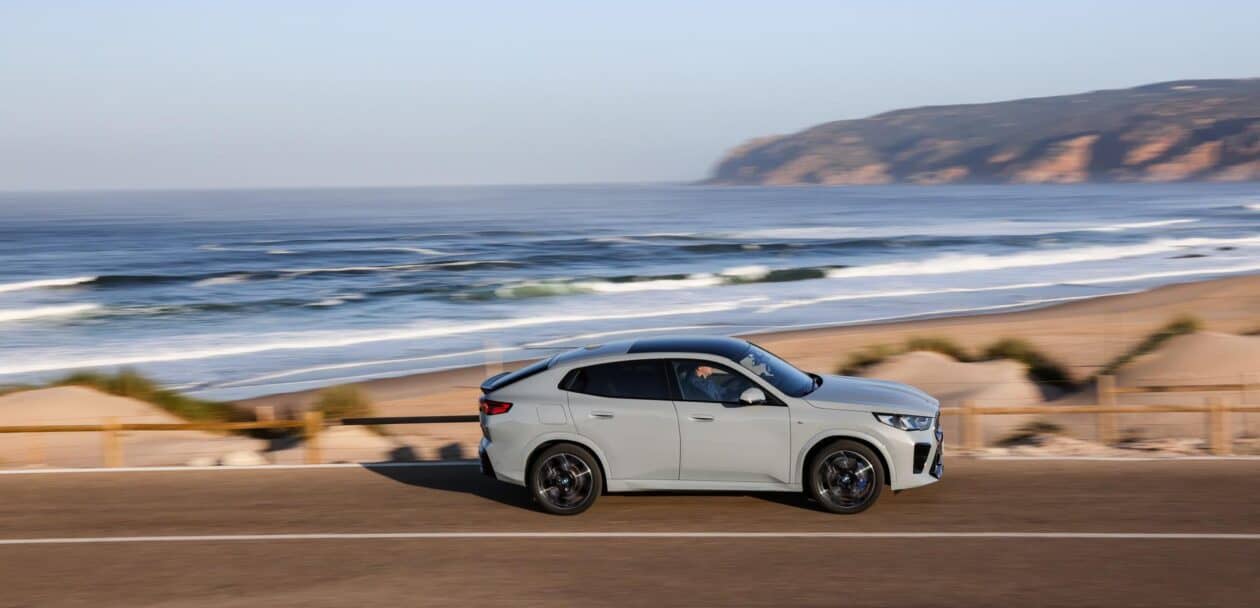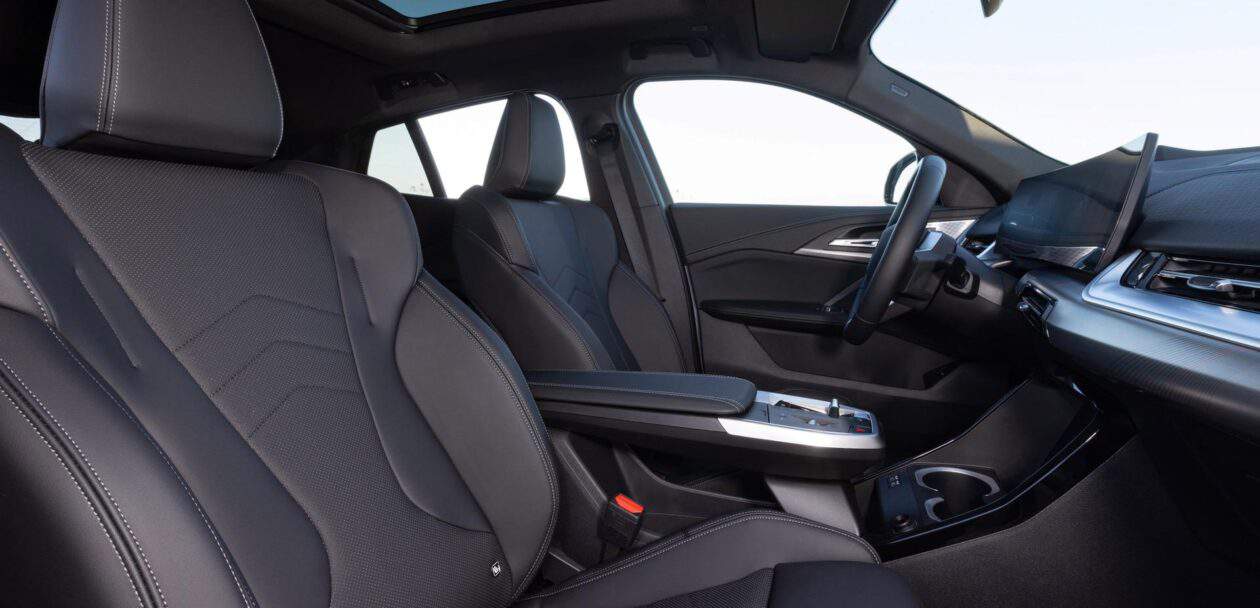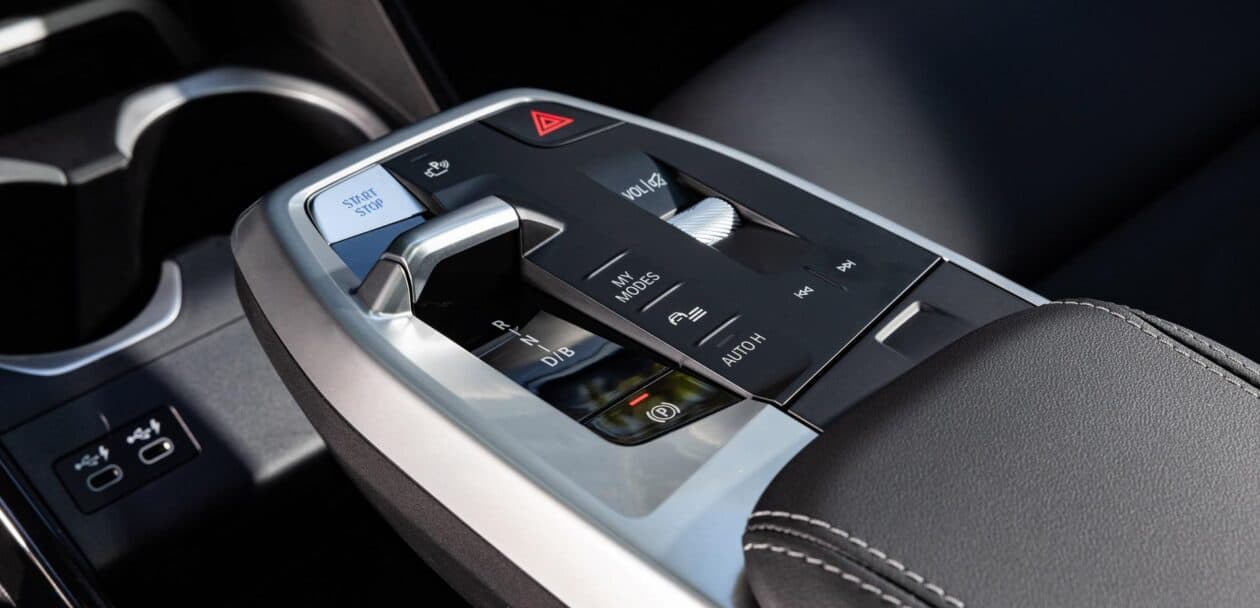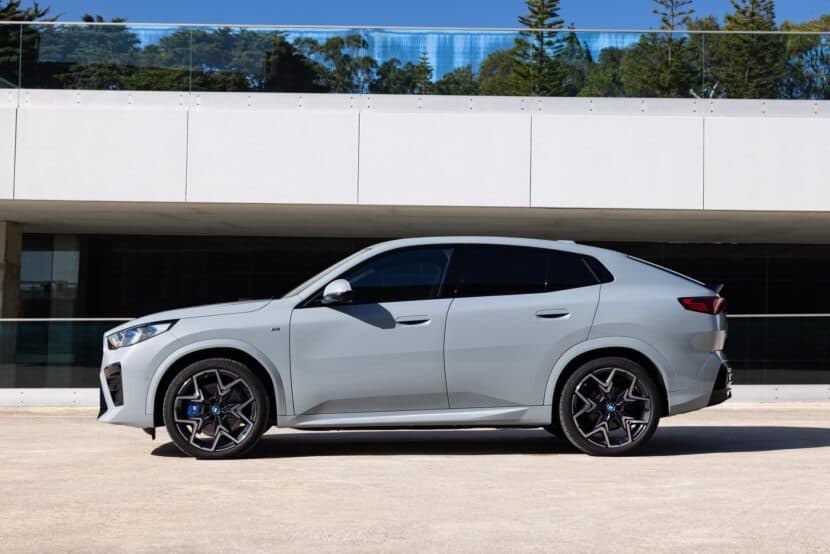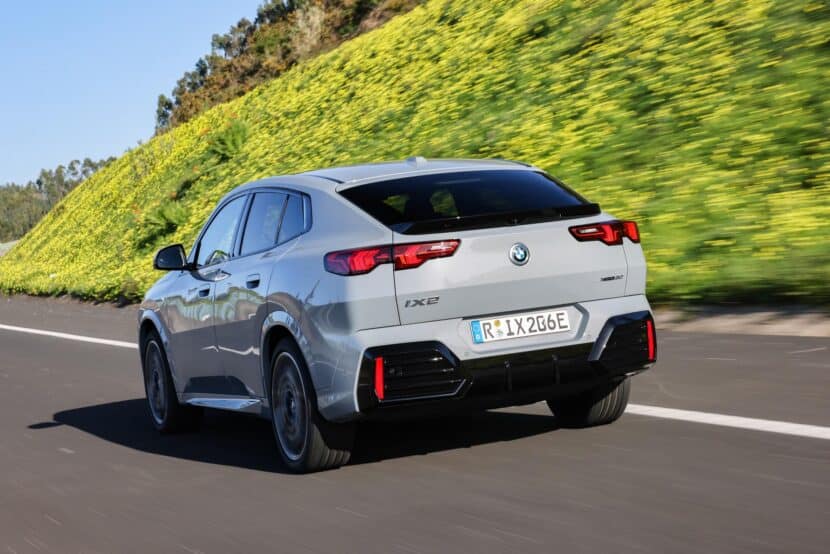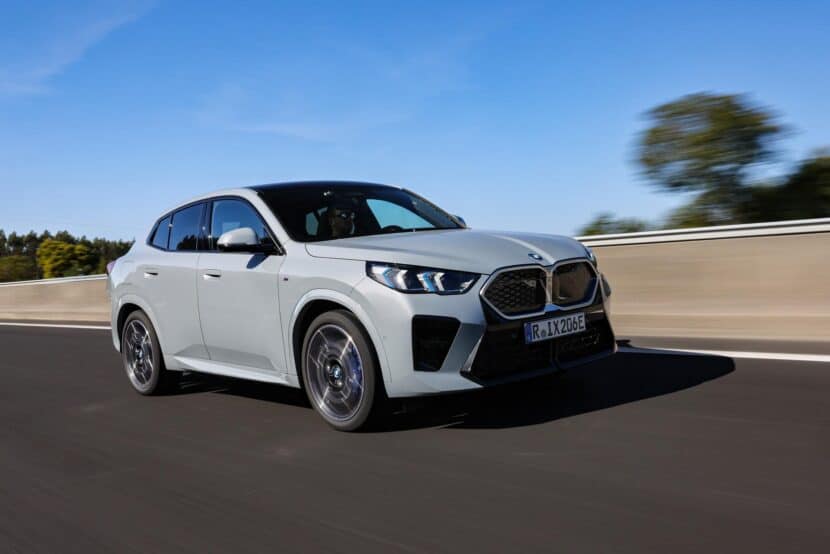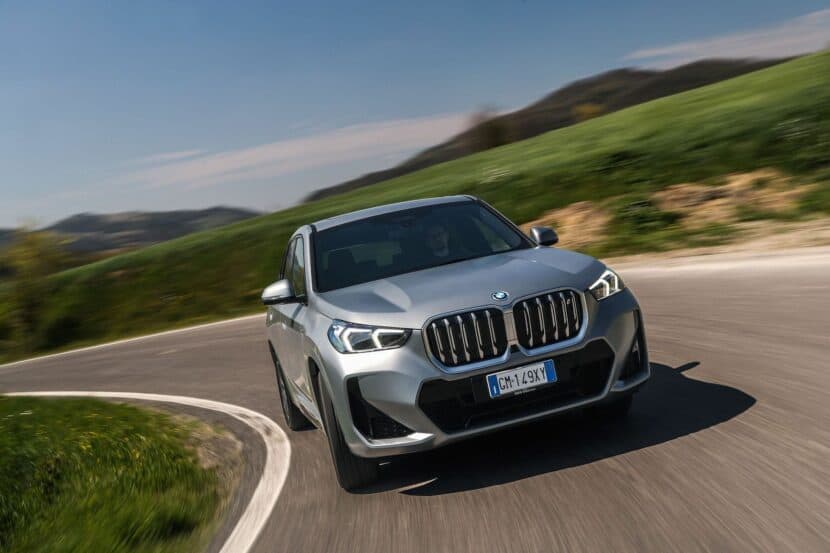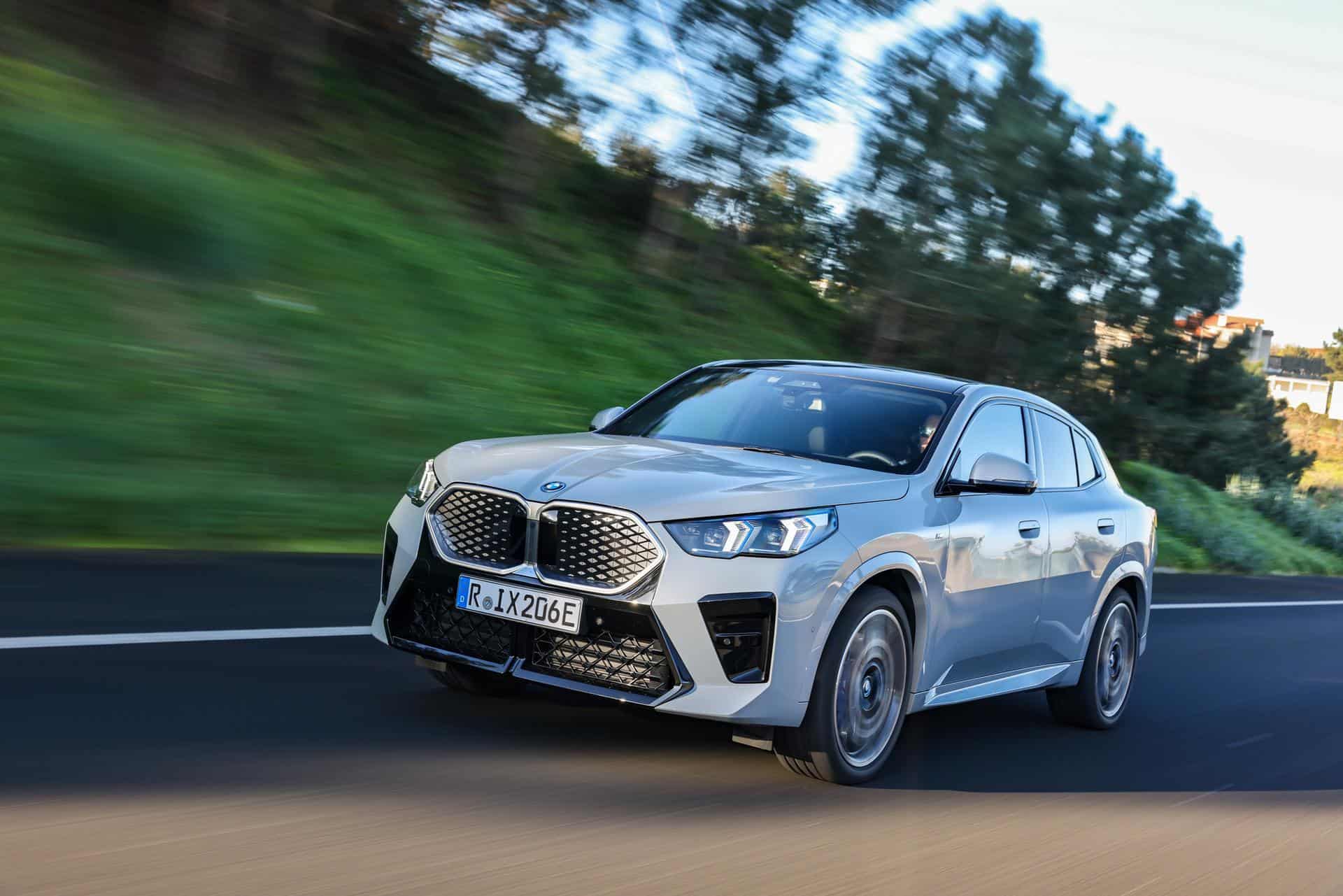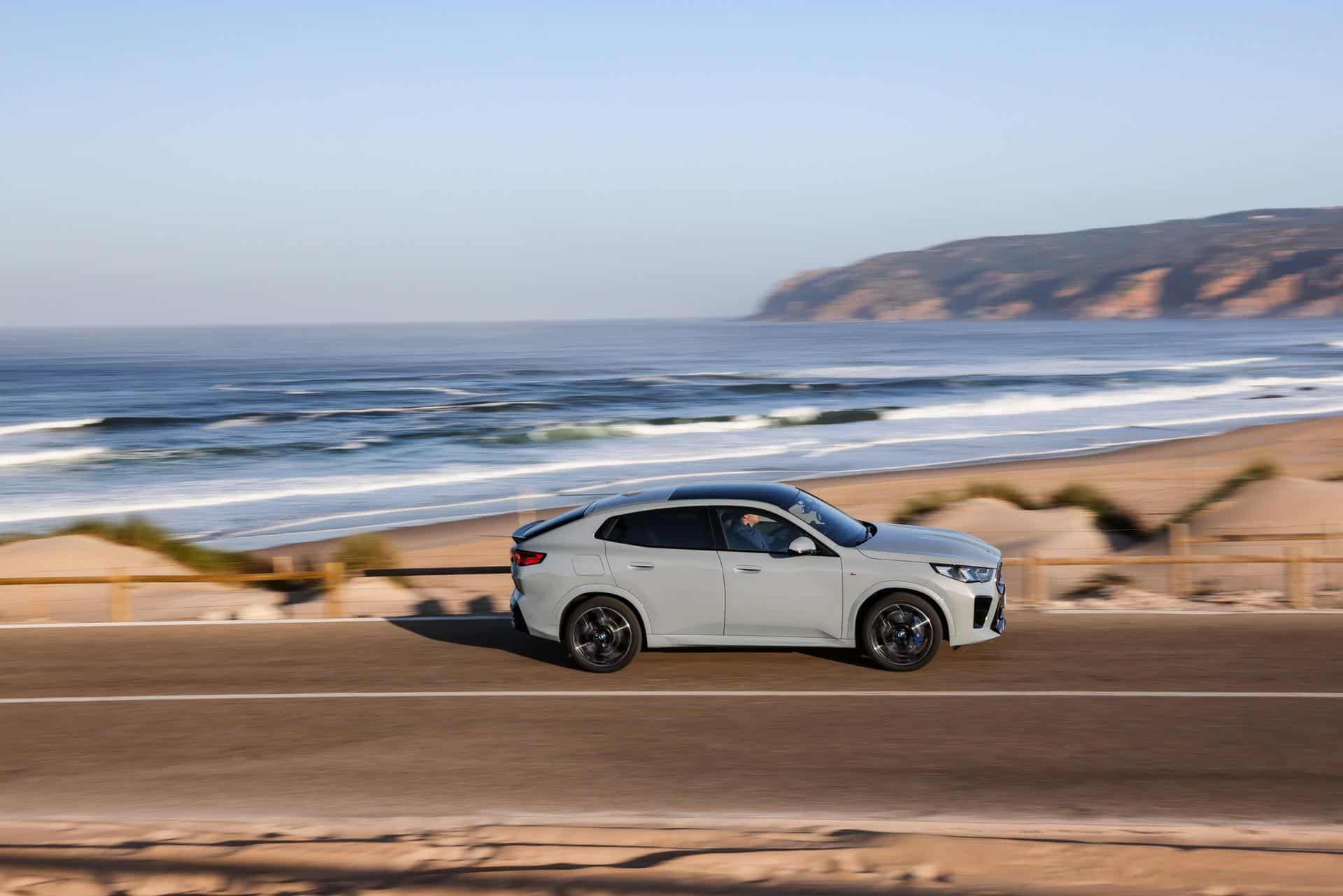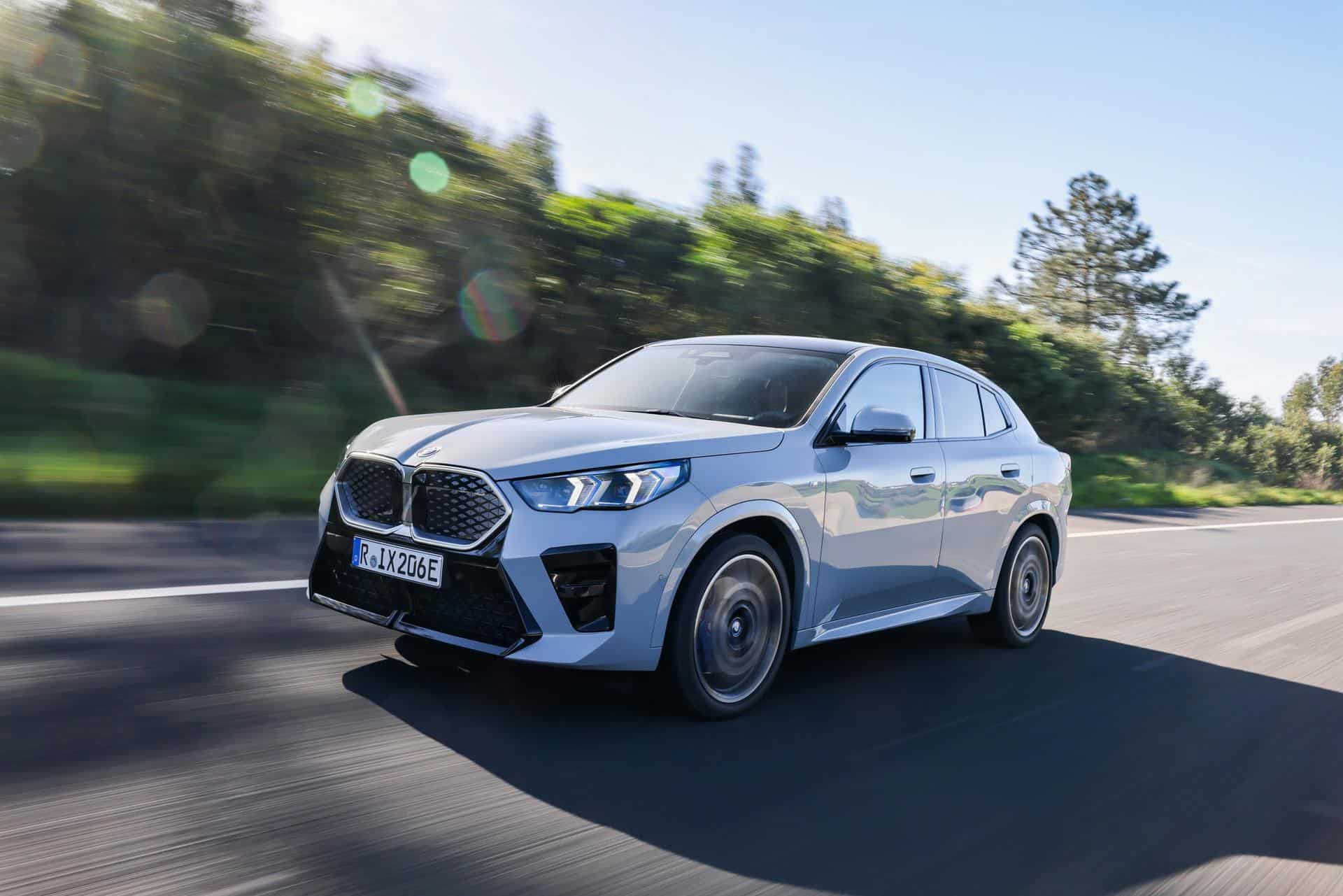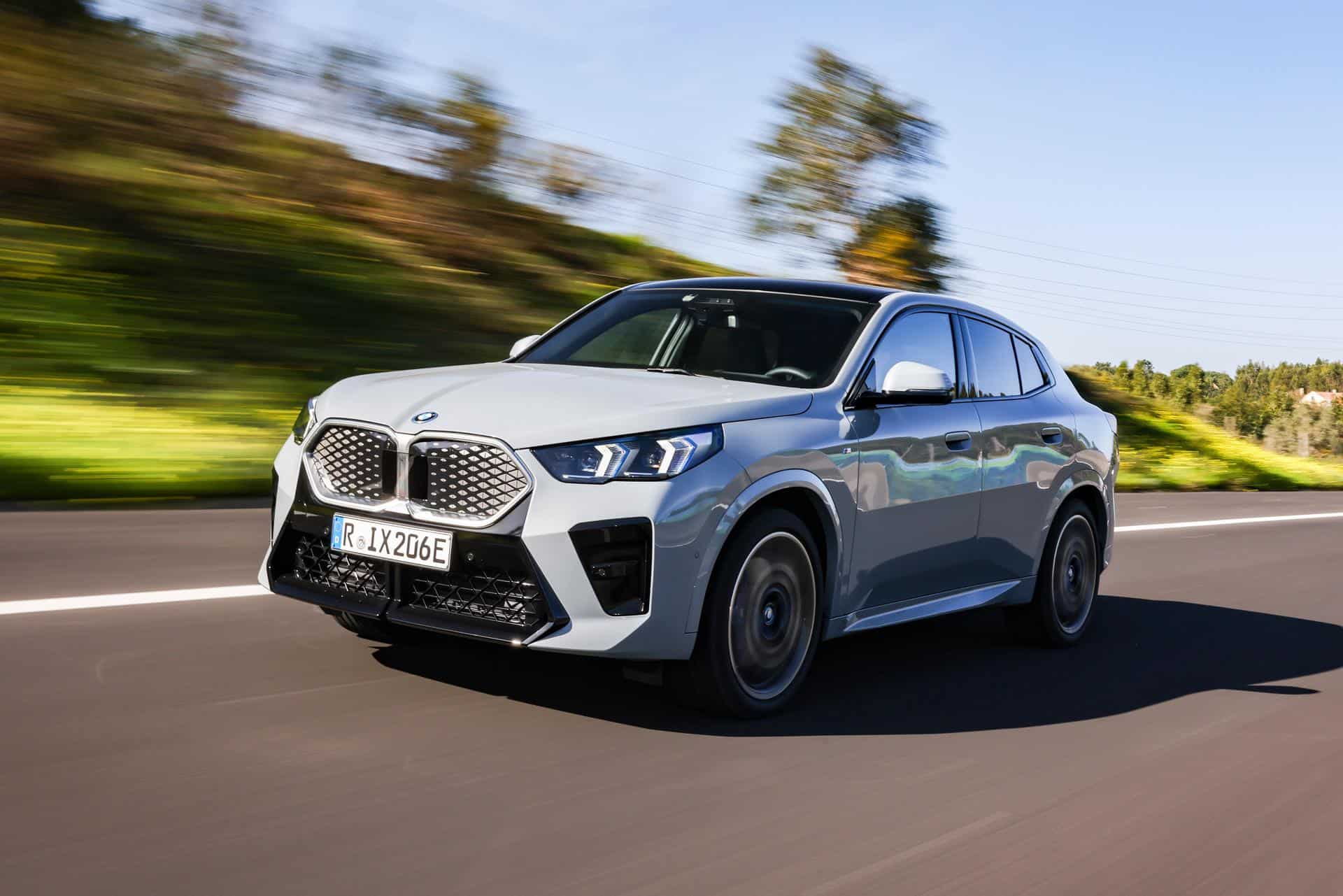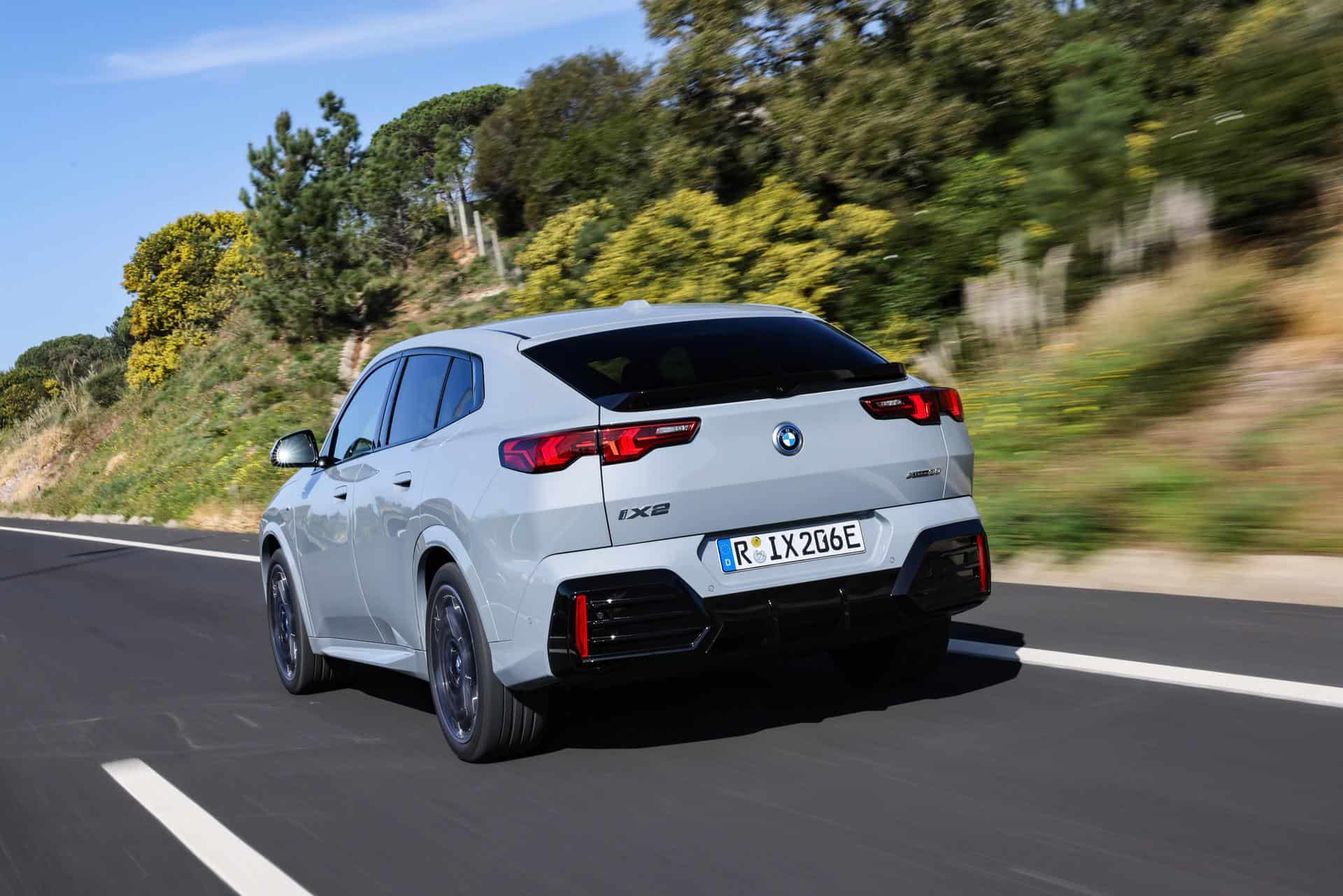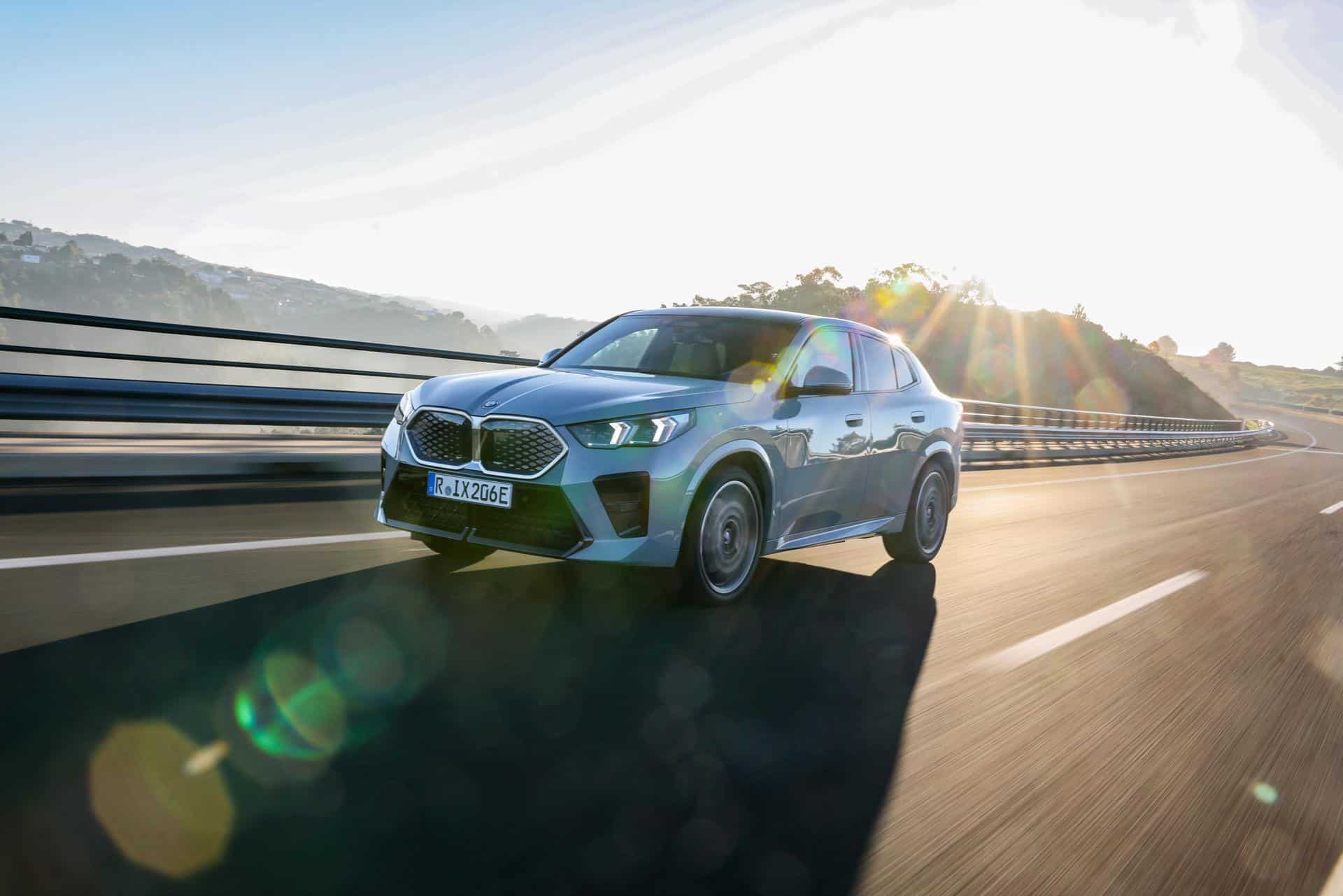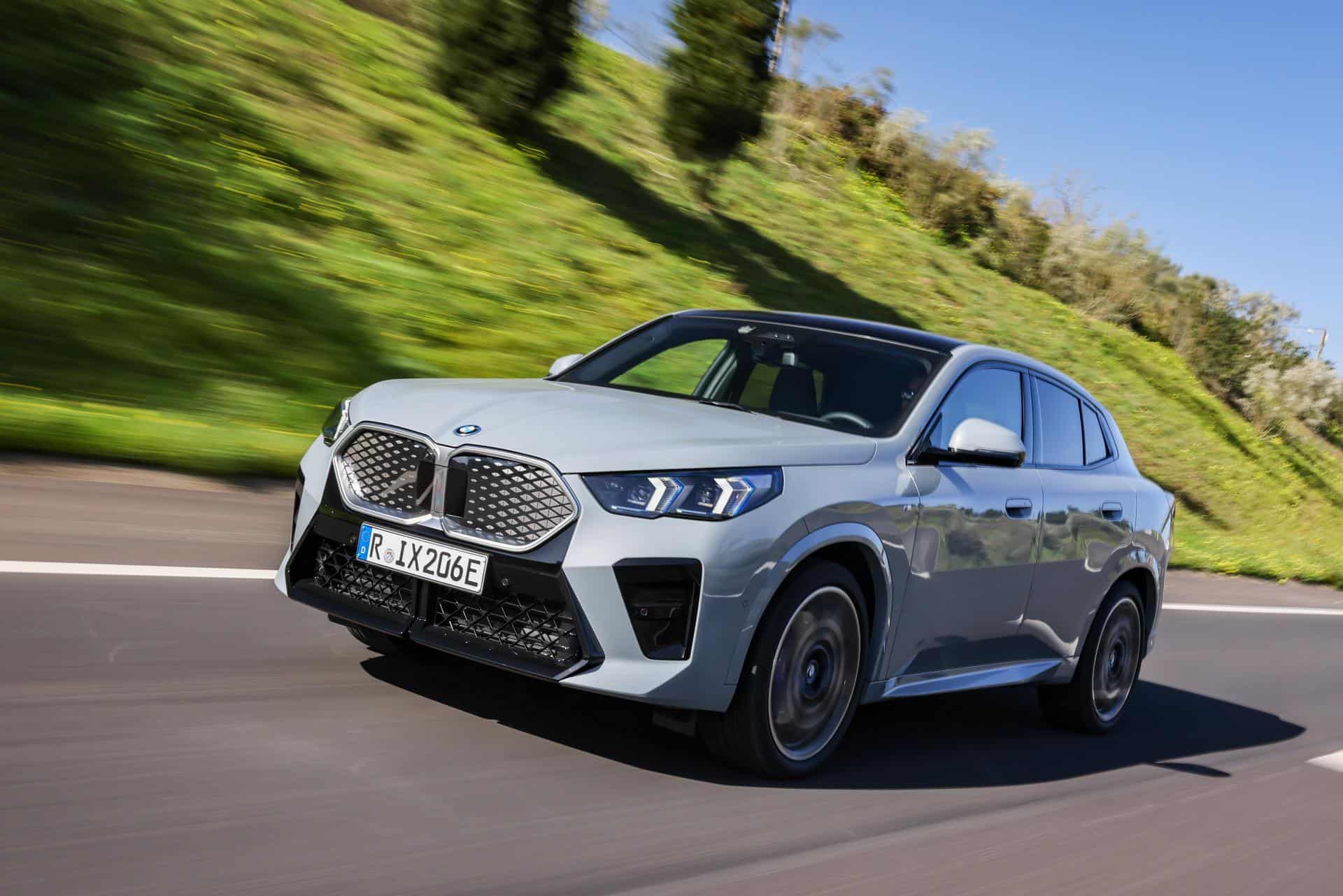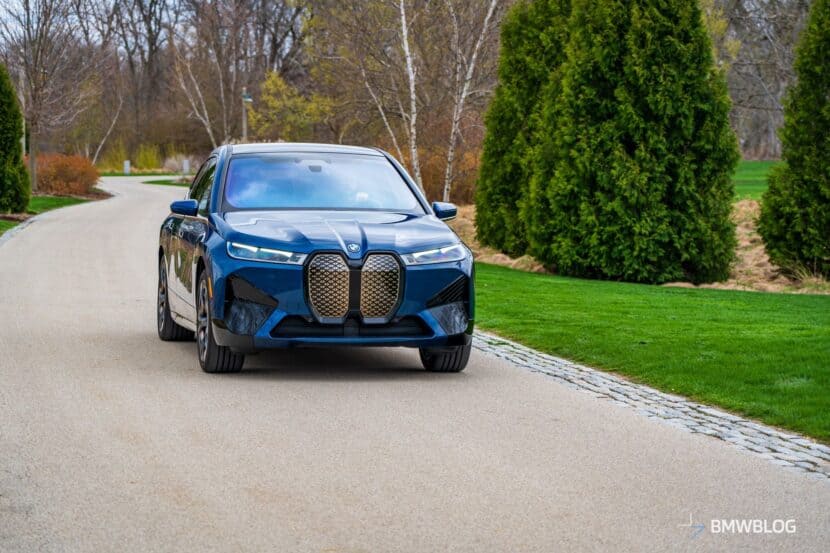BMW is expanding its electric vehicle lineup with the launch of the brand-new BMW iX2 electric crossover this year. This new crossover, based on the latest generation of the U10 X2, introduces the company’s first electric coupe crossover. Although BMW already offers three electric SUVish—the iX1, iX3, and iX—none of these models falls into the coupe crossover category. With a starting price well below that of the flagship iX at 56,500 euros, the iX2 targets consumers seeking an unconventional and distinctive EV.
To get a firsthand experience, I headed to Portugal to test drive the 2024 BMW iX2 xDrive30, the top model in the iX2 lineup. It’s important to note that the BMW iX2 will not be available for sale in the United States. During this drive event, I also had the opportunity to try out the MINI Countryman SE, which shares its foundation with both the iX1 and iX2. Look forward to that review in March.
The iX2 continues to use a traditional chassis rather than a bespoke EV archictecture. However, BMW’s FAAR front-wheel drive platform is designed with electrification in mind. This front-wheel drive design allows for a fairly large battery pack in the floor without sacrificing a lot of passenger space. Although the iX2 is not exclusively tailored for an electric powertrain as BMW’s flagship iX, it is more mainstream in design and appearance.
Design and Dimensions of the BMW iX2
BMW’s electric Sports Activity Coupe (SAC) measures 4554 millimeters (179.2 inches) in length, 1845 mm (72.6 inches) in width, and 1560 mm (61.4 inches) in height, with a wheelbase of 2692 mm (106 inches). This electric variant weighs in at 2,020 kilograms (4,453 pounds). Its design closely mirrors that of the standard X2, albeit with a modified front-end and rear-end. Efforts to reduce the drag coefficient to 0.25 from the X2’s 0.27 included the addition of a closed-off kidney grille and a fully sealed underbody.
BMW iX2
Good
- Good driving dynamics
- Plenty of interior and cargo space
- Perfect daily driver
Bad
- Expensive
- iDrive 9 has a lag
- Not coming to the United States
Performance and Efficiency of the iX2 xDrive30
The iX2’s underfloor-mounted battery pack has a usable capacity of 64.8 kWh. The iX2 xDrive30 is expected to achieve a range of 259 to 279 miles (417 to 449 kilometers) in the WLTP cycle, which is an increase of nearly six extra miles (9 kilometers) over the iX1. This efficiency gain is partly due to a heat pump integrated into the automatic climate control system, which can preheat or precool the cabin before starting a journey.
Charging Solutions and Battery Capacity
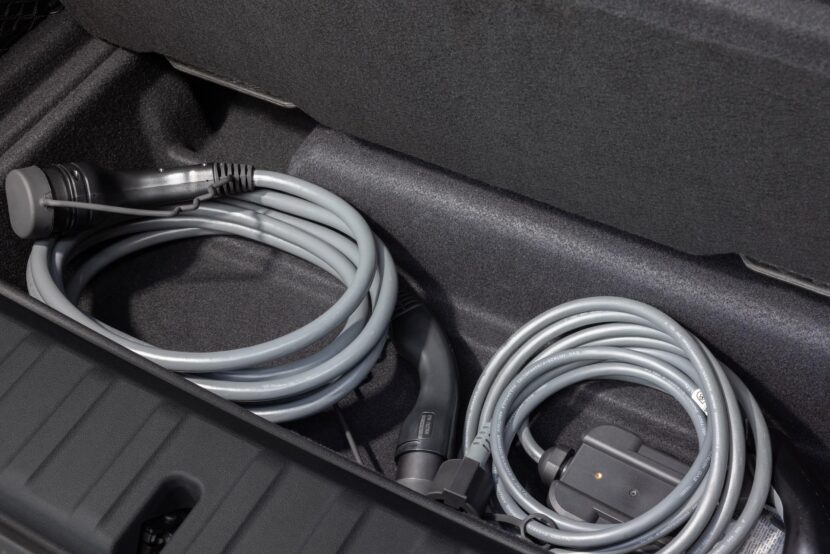
The BMW iX2 xDrive30 delivers good performance, accelerating from 0 to 62 mph (100 km/h) in just 5.6 seconds, though its top speed is electronically limited to 112 mph (180 km/h). The crossover benefits from a dual-motor setup, mirroring the power found in the iX1 xDrive30, with a combined output of 313 hp (230 kW) and 364 lb-ft (494 Nm). Standard charging at 11 kW means the battery fully charges in six and a half hours, but an optional 22 kW charger reduces this time to three hours and 45 minutes. For rapid charging needs, a DC fast charge at 130 kW can boost the battery from 10% to 80% in just 29 minutes, and it takes only 10 minutes to gain an additional 75 miles (120 kilometers).
Interior Space and Cargo Capacity
Choosing the electric version, however, comes with a trade-off in cargo space due to the large battery. With the rear seats up, the iX2 offers a cargo capacity of 525 liters, expanding to 1,400 liters when the 40:20:40-split bench is folded. This is slightly less than the regular X2, which offers 560 and 1,470 liters, respectively. The models equipped with a mild-hybrid powertrain will also offer 525 and 1,400 liters, respectively.
The BMW iX2 xDrive30 comes standard with 17-inch light-alloy wheels, designed for optimal aerodynamics. But my tester had 20″ V-spoke 873 M Bicolor wheels with performance tires. The M Sport Package Pro was also included, featuring additions like extended M High-gloss Shadowline exterior trim, M lights Shadowline, an M rear spoiler, and an M Sport braking system with red-painted calipers.
Experience on the Road: Comfort and Agility
Reflecting a commitment to versatility in daily driving scenarios, BMW equips all iX2 xDrive30 models with Adaptive M Suspension as standard. This feature allows for adjustable ride comfort through frequency selective dampers. And it’s the case with similar suspensions, it aims for sharper and more precise steering with a direct rack ratio. Due to the placement of the battery, the M Sport suspension does not lower the vehicle like on the BMW X2 M35i.
The roads around Cascais are usually great, but this time around, there were a lot of potholes. While that might sound like a complaint, it actually isn’t. This gave me the opportunity to sample the suspension in different driving scenarios. Not surprisingly, the Adaptive M Suspension effectively smooths out road imperfections, ensuring the car remains balanced and composed. The battery pack’s placement significantly contributes to this stability, being essentially an integral part of the car. Compared to the BMW X2 M35i I drove on similar roads, there was also less bodyroll, despite being significantly heavier and sitting higher.
In the Comfort Mode, the BMW iX2 is a wonderful travel companion. The cabin is extremely silent and the IconicSound pack might sound like a gimmick, but I actually enjoy it. If you don’t, you can simply turn it off. There isn’t much rolling noise coming in, so overall, the cabin is as serene as it can get. In more aggressive driving settings, such as Sport or Sport+, the BMW iX2 xDrive30 becomes even more responsive and agile. You can feel the car being sharper and even more planted on the road, and strangely enough, it feels a bit more ///M than the M35i variant. Sans the sound.
BOOST Mode and Regenerative Braking
Engaging the BOOST mode by holding the left paddle shifter for a second unlocks an additional 30 kW of power, providing a noticeable boost for quicker overtaking – a feature many find addictive. I know I did especially when overtaking on those twisty roads with a lot of blind corners. Speaking of windy roads, the BMW iX2 excels on them because the instant torque is arguably the best trait of an electric car.
I also enjoyed using the one-pedal brake regeneration. Applying full acceleration, then releasing it allows the aggressive regenerative braking to slow the car efficiently. Re-accelerating mid-corner propels the iX2 swiftly out of turns. Of course, the B Mode (one-pedal feel) comes with the downside of motion sickness, so I always recommend using the Adaptive mode and playing around with the brake intensity in there. The system is imported from the i4, iX and i7, so it essentially works the same. There is a Low, Moderate, High or Adaptive setting.
In Adaptive mode, the ride becomes smoother and braking friction decreases, offering a seamless driving experience for those who prefer it. This mode intelligently adjusts the regenerative braking based on traffic conditions, intersections, and nearby vehicles. It also enables coasting, though manual brake operation remains necessary. It’s cool and it simply works.
Having driven the BMW X2 M35i on the same road just hours earlier, it gave me an unique perspective on the two cars. The M Performance X2 felt a bit more sluggish, despite having a similar power output. Naturally, it’s the instant torque of the iX2 that makes all the difference. As I mentioned in that review, the B48 engine is certainly pushing its upper limits when it comes to supporting the weight and size of an X2 or X1.
BMW iX1 or iX2?
I faced the same dilemma with the electric versions as I did with their internal combustion engine counterparts: choosing between the X1 M35i and the X2 M35i. With the EVs, the driving experiences are so closely matched that it’s hard to distinguish between the two without seeing them from the outside. You might think you’re driving one when you’re actually in the other. Although driving them back-to-back might highlight some differences, that’s an experiment I intend to do in the future.

If you’re curious about which one I’d choose, it would likely be the iX2. Surprisingly, I find myself drawn to its quirky design which looks completely different than anything else on the road. Now only if the BMW design team would have given the X2 a better taillight styling. Speaking of things that bother me, the iDrive 9 (Operating System 9) needs some work. It’s extremely laggy and frustrating to operate via touch. I’m told an update is in works, but let’s see how that rollout plays out because so far, it has been a frustrating process for BMW owners.
As I noted earlier, BMW does not intend to market the iX2 in the US. While there’s no formal explanation for this choice, my informed assumption suggests it relates to concerns about the vehicle’s range and price. With the i3 hatch discontinued, the BMW iX2 and iX1 would have made excellent additions to the U.S. lineup.







